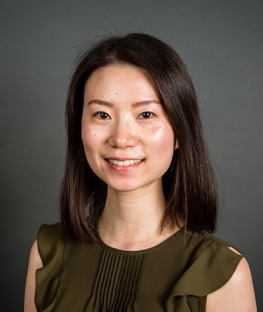
Hometown, Country:
Ningbo, China, and Singapore
Academic History Prior to coming to MIT:
B.A. in Engineering and M.Eng., University of Cambridge, UK
What brought you to MIT?
I had long set my mind on research, but was not sure where to go for graduate study until I visited MIT. I chose MIT as I was impressed by the faculty members and students I met. They were incredibly motivated and genuinely interested in learning and making a difference. I enjoyed talking to Prof. Baldo and Prof. Bulović in particular. Their research matched my interest in optoelectronics, and I could see myself enjoying the learning journey under their guidance.
What problem are you trying to solve with your current research and what are some possible applications?
My current research focuses on optical upconversion, turning infrared light into visible light using inorganic colloidal nanocrystals and organic materials. Most solar cells and detectors today are made of silicon, which is not responsive to infrared light below its bandgap. However, we can extend the detection wavelength via infrared-to-visible upconversion. This will be useful for solar cells (as the infrared makes up a large part of the sunlight), detection technologies (as infrared sensors are effective in fog, rain, smoke and at night), and biological deep-tissue imaging.
What interests you most about your research?
I like the variety of learning opportunities that my research brings: solving new problems, working across disciplines including electrical engineering, device physics and materials science, and developing skills in multiple areas such as hands-on experiments, data analysis and science communication. Besides, I like to be helpful and find it motivating that my work could one day impact people’s life.
What are your future plans?
I am keeping an open mind. Academia seems an attractive option so far, as it would allow me to continue with research and mentor students with a high degree of autonomy.
